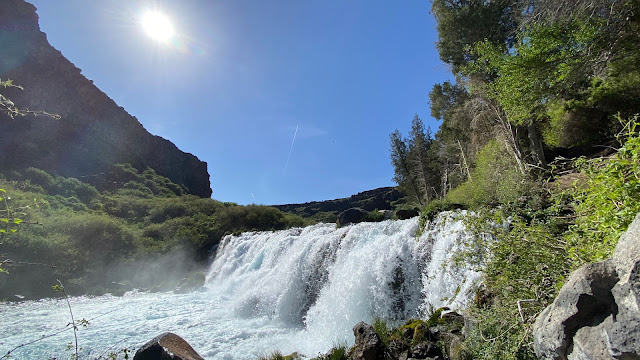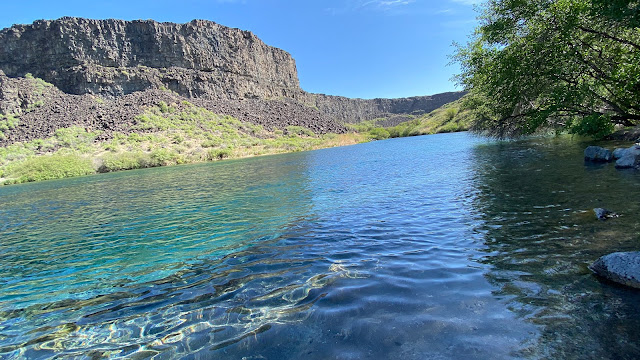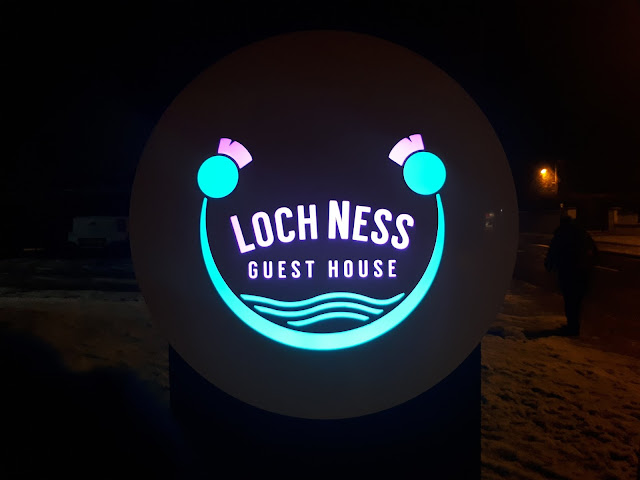The rock spires in the City of Rocks and adjacent Castle Rocks State Park are largely composed of granitic rock of the Oligocene Almo pluton and Archean Green Creek Complex.
The City of Rocks is a popular rock climbing area, with over 1,000[6] traditional and bolt-protected routes. In the 1980s, it was home to some of the most difficult routes in the US, mostly developed by Idaho climber Tony Yaniro.[citation needed] Climbers in the region refer to the area as simply 'The City'.
California Trail wagon trains of the 1840s and 1850s left the Raft River valley and traveled through the area and over Granite Pass into Nevada. Names or initials of emigrants written in axle grease are still visible on Register Rock. Ruts from wagon wheels also can be seen in some of the rocks.
History
In 1849, an emigrant party with James Wilkins "encamped at the city of the rocks" on the California Trail just north of the Great Salt Lake Desert. Signatures in axle grease on rock faces can be seen today. One emigrant[who?] saw the distant rocks in August like "water thrown up into the air from numerous artificial hydrants." Beginning in 1843, City of Rocks was a landmark for emigrants on the California Trail and Salt Lake Alternate Trail[7] and later on freight routes and the Kelton, Utah to Boise, Idaho stage route.
The area's historical and geological values, scenery, and opportunities for recreation led to its designation as City of Rocks National Reserve in 1988. This unit of the National Park System is managed cooperatively by the National Park Service and the Idaho Department of Parks and Recreation.
Native American history
The Shoshone and Bannock tribes hunted the buffalo that once roamed in the City of Rocks area and gathered the nuts of the pinyon pine trees. The arrival of horses in the Americas in the 16th century and swelling European immigration disrupted the Shoshone-Bannock homelands and traditional way of life. They grew to resent the intruders but could do little to stop them. Most emigrants on the California Trail saw no Native Americans, but some of their journals record smoke rising from high hills and the surrounding mountains.
In 1826, Peter Skene Ogden and his Snake River brigade of beaver trappers were the first Euro-Americans to note the City of Rocks. Having few beaver, the area was ignored until 1843, when growing streams of wagons began flowing through the area in the summer.
California Trail
After many attempts to find a wagon route to California early California settlers like Joseph B. Chiles and mountain men such as Joseph R. Walker found the route up the Raft River, through the City of Rocks, over Granite Pass and down a series of streams like Goose Creek and Thousand Springs to the Humboldt River. From the junction of the Humboldt near today's Wells, Nevada they could follow the Humboldt west to the Sierra Nevada (U.S.) and on to California. Both Chiles, Walker and later John C. Fremont led settlers over this route. Later wagon parties seldom used guides but followed the tracks of the early pioneer's wagons or the wagons in front of them. By 1850 so many people were on the trail that it was often like a long traveling village crawling its way to California. Newspapers and independent publishers in the east or mid-west often published emigrant "guides" that could be bought for little money from several different authors by 1850. The City of Rocks and the nearby Granite Pass (Idaho) marked roughly half way to California for the emigrants and their loaded wagons.[8] By 1846, some emigrants headed for Oregon's Willamette Valley also used this route as part of the Applegate Trail. This rugged cutoff was little used in later years.
In 1848 Samuel J. Hensley, a pioneer that accompanied Joseph B. Chiles in 1842,[7]:b[9] pioneered the Salt Lake Cutoff from Salt Lake City north of the Great Salt Lake when he traveled east while returning to Missouri. The Salt Lake cutoff rejoined the main California Trail near the City of Rocks.[10] Settlers using the Salt Lake Cutoff traveled about the same number of miles as settlers going by way of Fort Hall and west along the Snake River valley route. In 1852, some 52,000 people passed through the City of Rocks on their way to join the California Gold Rush.
When the California Trail was first opened in 1843, Granite Pass, near City of Rocks provided the pass that allowed an "easy" connection with streams and creeks that provided the needed water and grass for their teams along the way between the Raft River and the Humboldt River. After 1850 the Pass initially became part of Utah Territory,[11] and in 1872 an Idaho-Utah boundary survey error establishing the Utah-Idaho boundary.[8] placed Granite Pass in Idaho Territory. With the completion of the first transcontinental railroad on 9 May 1869, the overland wagon routes began to pass into history. However, wagons and stage lines saw continued use on regional supply routes that spread out from the railroad line to cities not on the railway line(s).
John Halley's stage route connected the railroad (CPRR) station at Kelton, Utah, with Idaho's mining hub of Boise, Idaho, and supplied the early economic development of Idaho, which won statehood in 1890. The Kelton stage route passed through the City of Rocks, with a stage station set up near the junction of the old California Trail and the Salt Lake Cutoff. Settlers began to homestead the City of Rocks area in the late 19th century. Dryland farming declined during the drought years of the 1920s and 1930s, but ranching survived. Livestock grazing began with early wagon use of the area in the mid-19th century and continues today.
One of the favorite camping spots for emigrants was Camp Rock. Emigrants wrote on the stone face with axle grease writing out their names and dates of passage.[12 (From WIKIPEDIA)
So maybe hopefully next year by Summer we can go and camp in there. Its a great camping spot.

























































